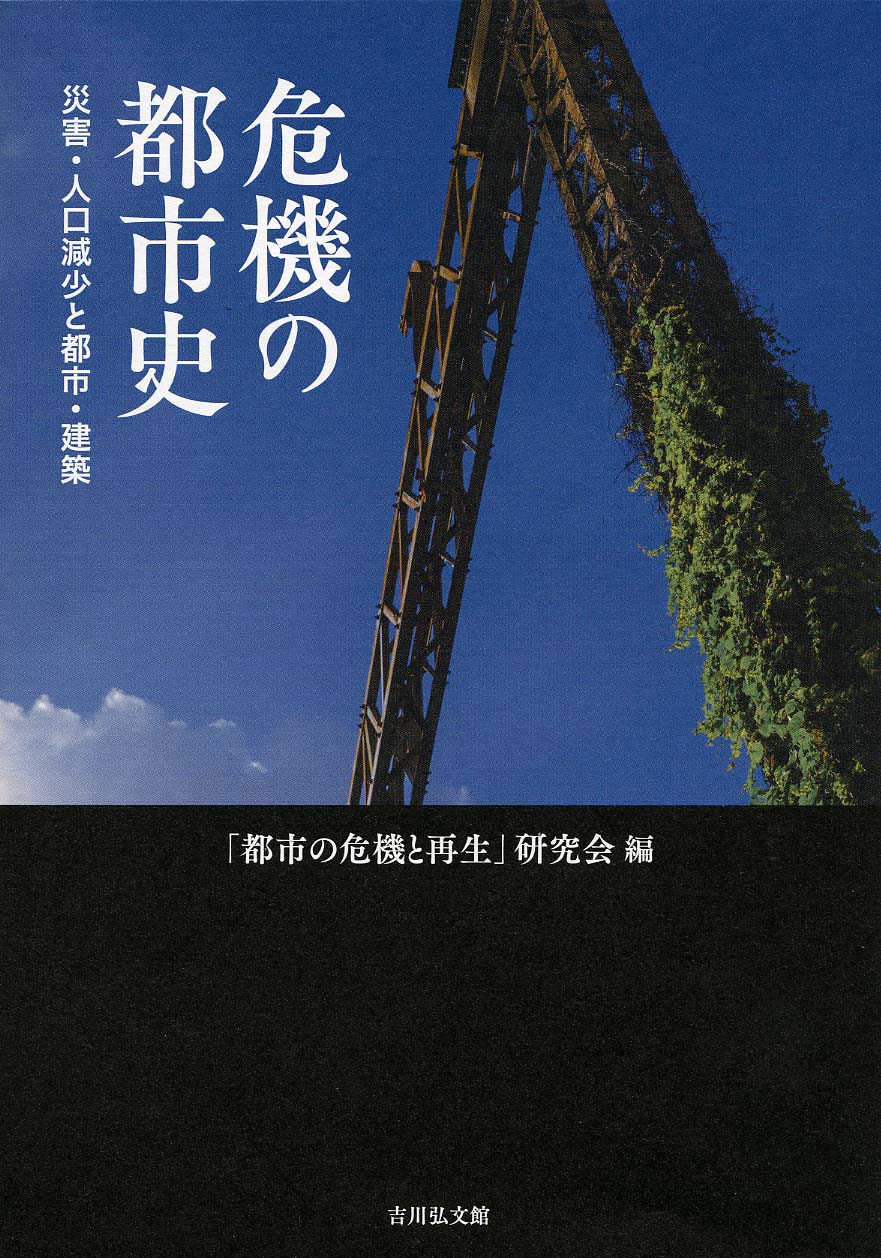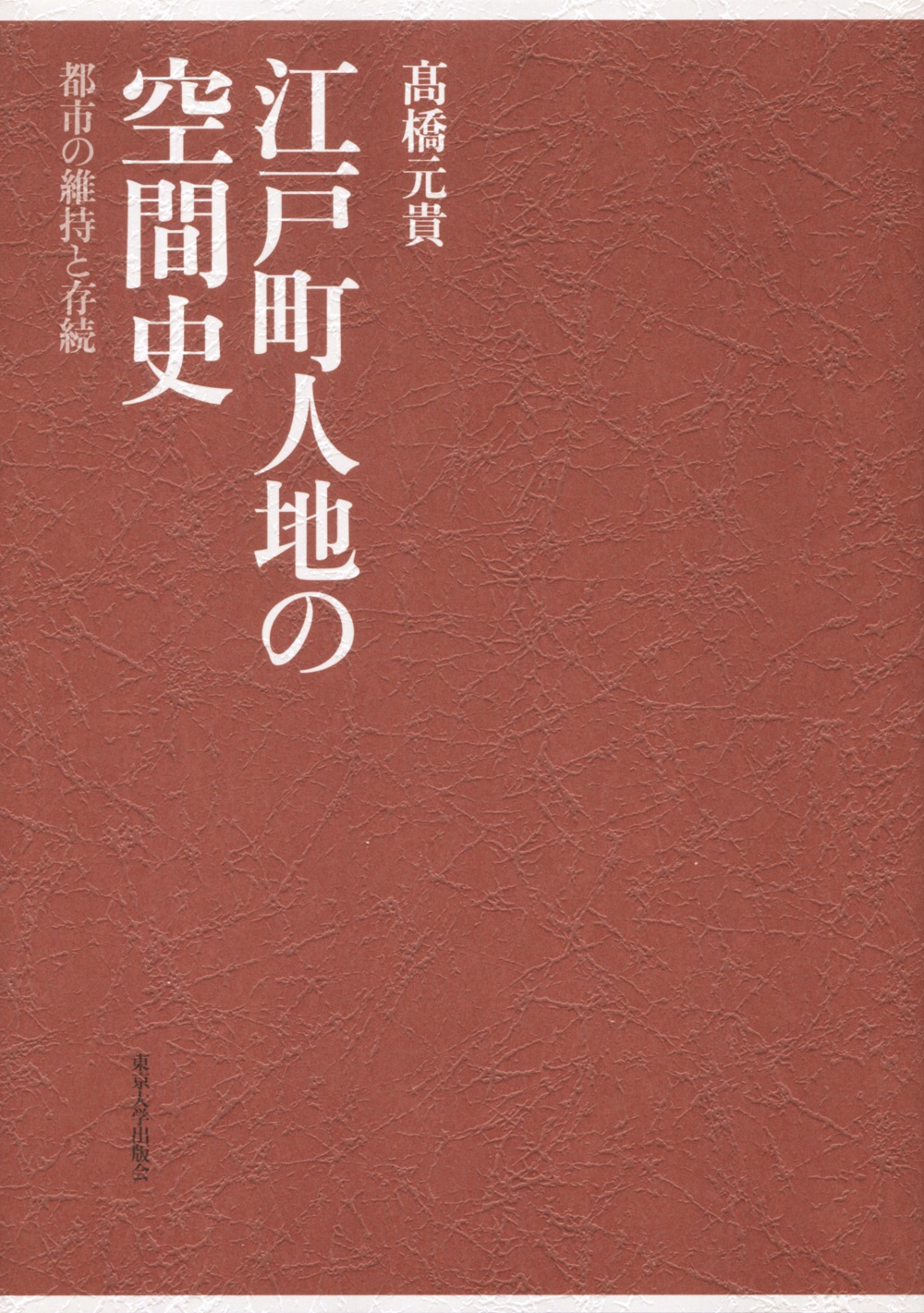
Title
Kiki no Toshi-shi (The Urban History of Crisis - The relationship between disaster, population decline, and the architecture of cities)
Size
406 pages, A5 format
Language
Japanese
Released
February 28, 2019
ISBN
9784642038843
Published by
Yoshikawa Kobunkan
Book Info
See Book Availability at Library
Japanese Page
Since the Great East Japan Earthquake, there has been a dramatic increase in the amount of literature on disasters, in a wide variety of fields (e.g., in the natural sciences, sociology, and the humanities), and these range from academic studies to books for the general population. In response to this contemporary trend, this book is a collection of 18 papers (including the introductory and concluding chapters), in which both up-and-coming and established researchers (from the Society of “Threats and Restoration of Cities” Research), specializing in urban history in the architectural field, examined the relationship between various crises (e.g., natural disasters) and urban space from slightly different perspectives, in accordance with the eras and regions of their specializations.
Based on the introductory chapter by Kosei Hatsuda (Kogakuin University), who supervised the planning and editing of this book, I would summarize the three hypotheses that it proposes as follows:
1. Are states or occurrences that are considered to be “crises” really a crisis for cities?
Although we automatically consider a phenomenon such as a natural disaster or population decline to be a “crisis,” how much have such experiences changed this type of urban space in reality?
2. What did cities’ “crises” signify to people?
For people who live in a city, what kind of situation or event did they perceive as a “crisis” of the city?
3. During a “crisis,” how did cities react, and how were they actually able to survive and persist?
Historically speaking, it could be said that most cities have experienced various crises. However, cases in which cities have completely disappeared, as a result of any such crisis, are rare, and most cities continued to exist as a presence. How has such endurance been achieved?
The major premise behind these three hypotheses is that the crises were, by no means, viewed as something extrinsic that simply fell from the heavens, but rather were perceived as something intrinsic that already lies latent in the cities we live in and that is reflected by daily operations. This signifies a re-examining of the principle of what a “crisis” itself means. After establishing this topic, I tried to understand it from the perspective of the continuity of Edo’s daily operations (maintenance and management), from the fires that frequently occurred in Edo, to its restoration, in Section II, Chapter 3, “Fire restoration and maintenance management –the construction workers (Tobi) and the constancy of urban space in Edo.” This stems from my question regarding the way in which the history of disasters, and the urban research on them, have, to an excessive degree, framed the phenomenon of disasters as something exceptional or out-of-the-ordinary. Minor operations that have maintained the constructed environment that surrounds us, rather than long-term grand plans such as restoration, are, I believe, the actual basis of the strength that allows cities to continue persisting.
The threats that are derived from the individual case studies detailed in this book are, by all means, specific to those particular eras and regions. However, I believe that the diverse experience of crises that one can learn from history will be of significance to our contemporary readers.
(Written by TAKAHASHI Genki, Project Assistant Professor, School of Engineering / 2019)



 Find a book
Find a book


 eBook
eBook